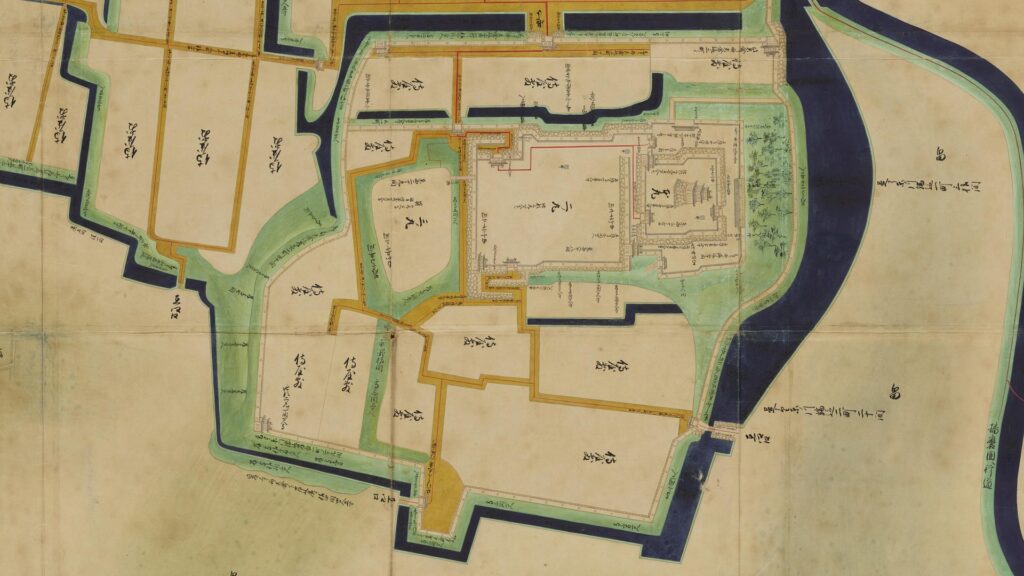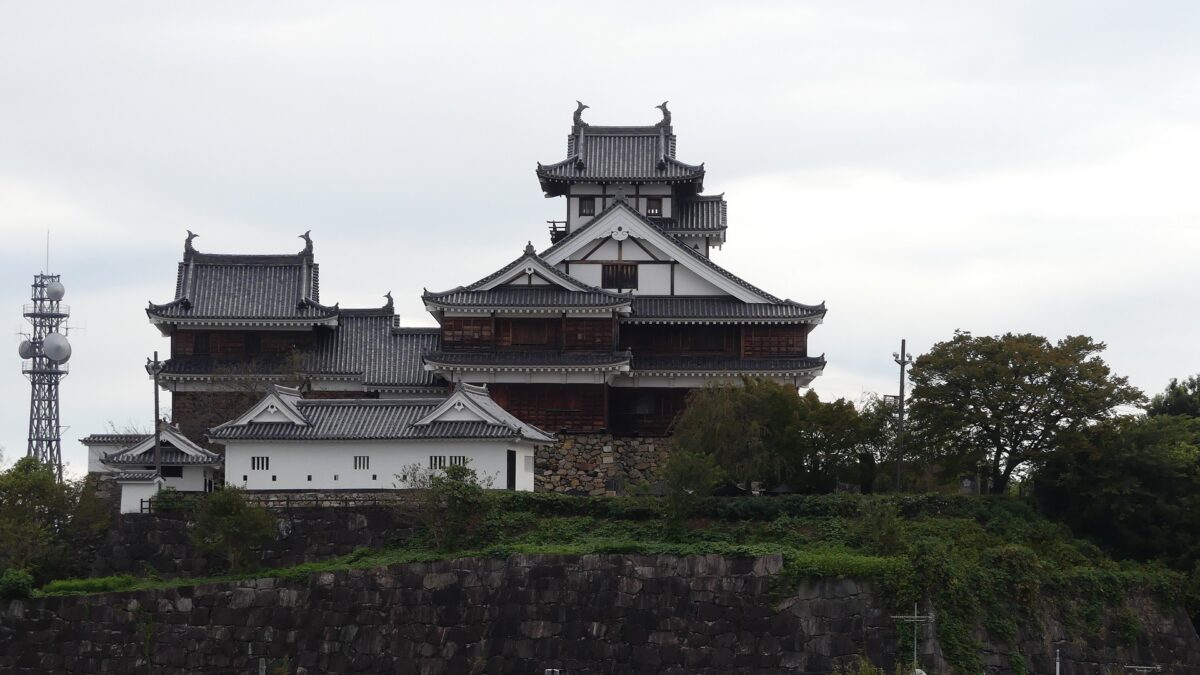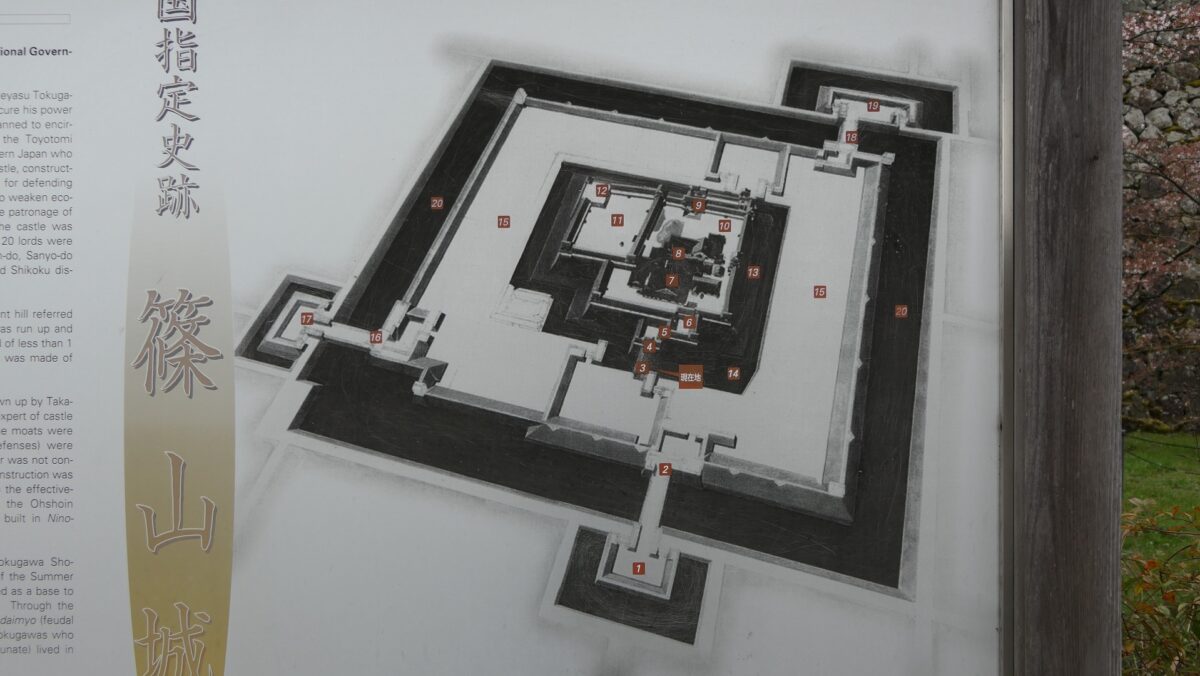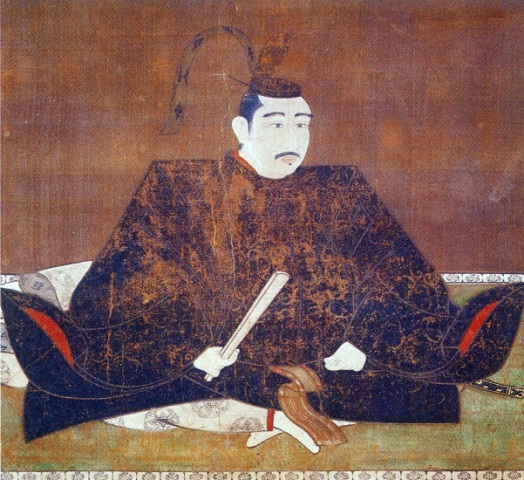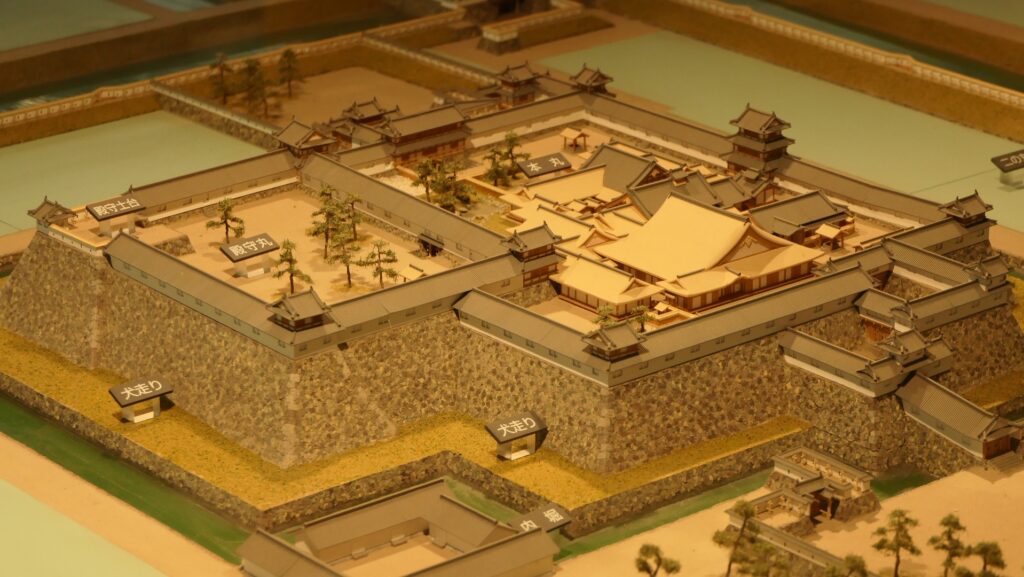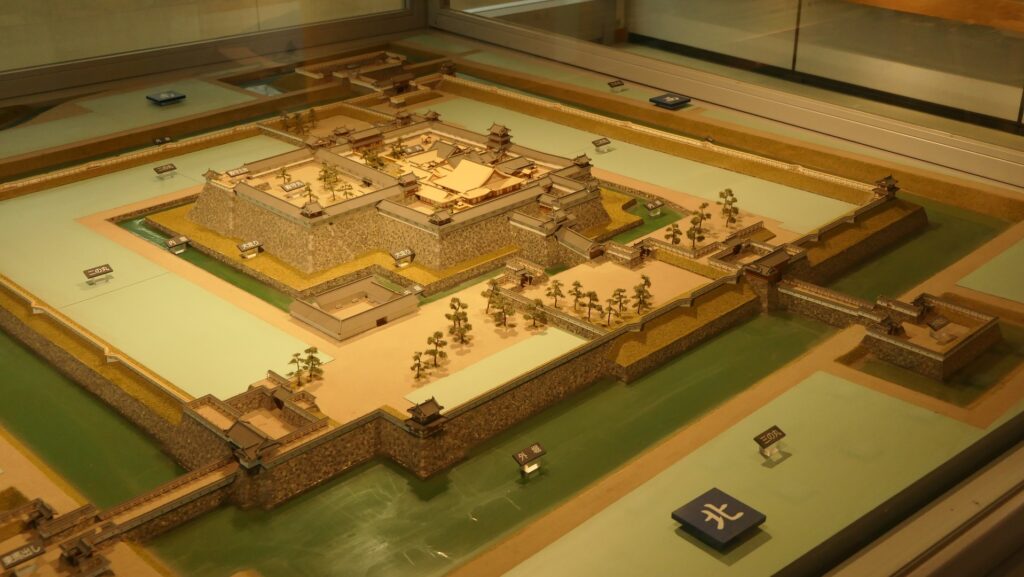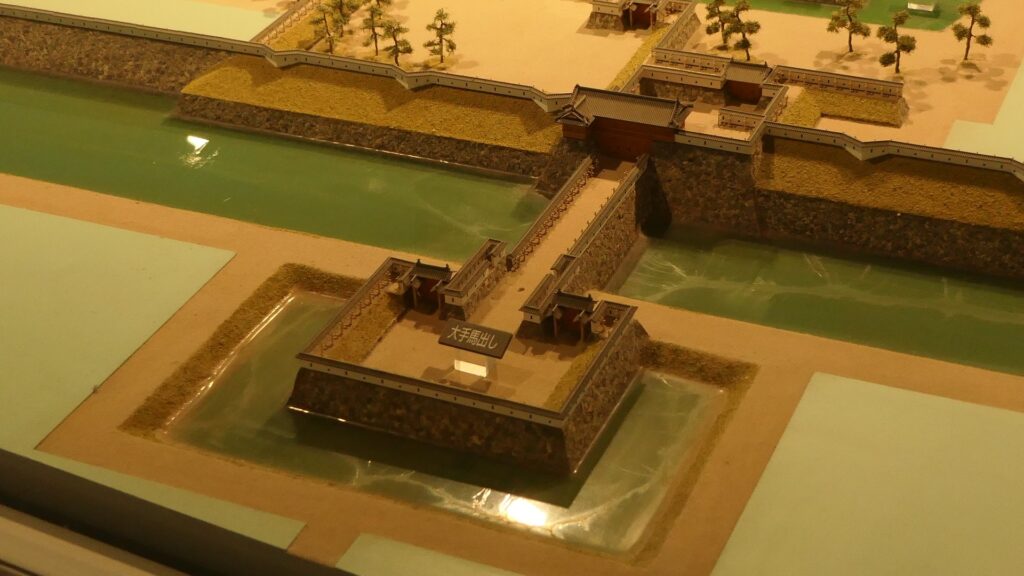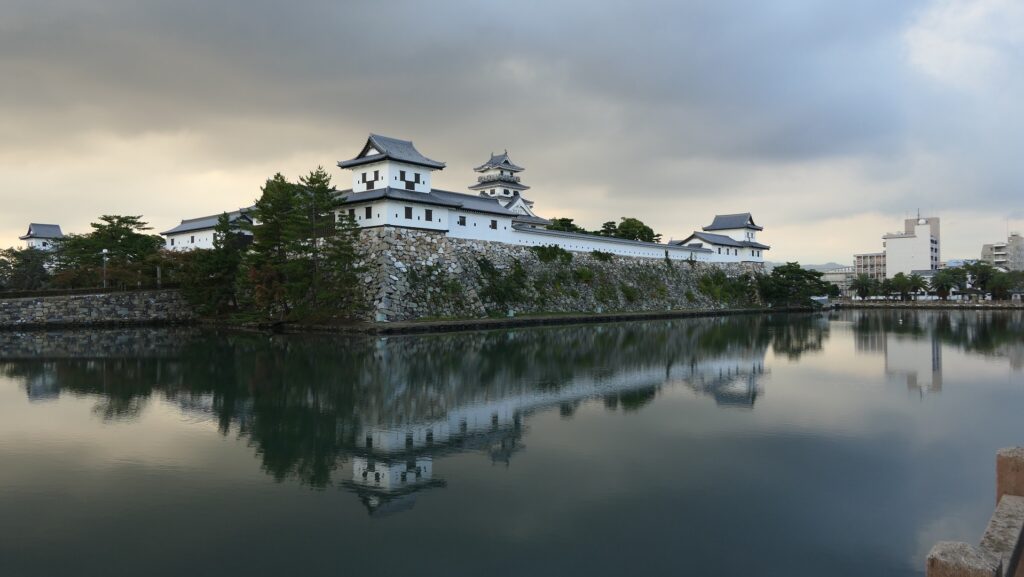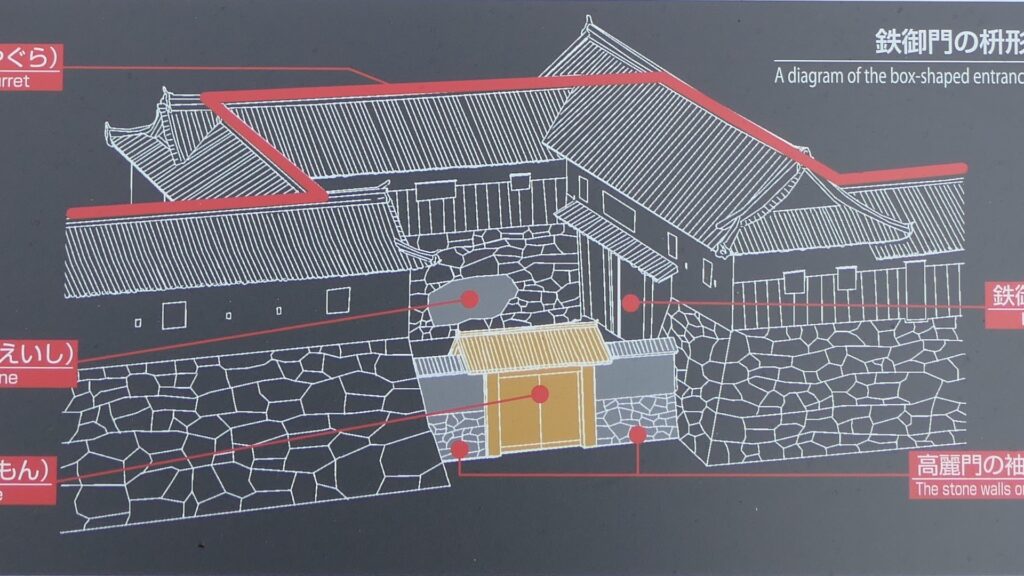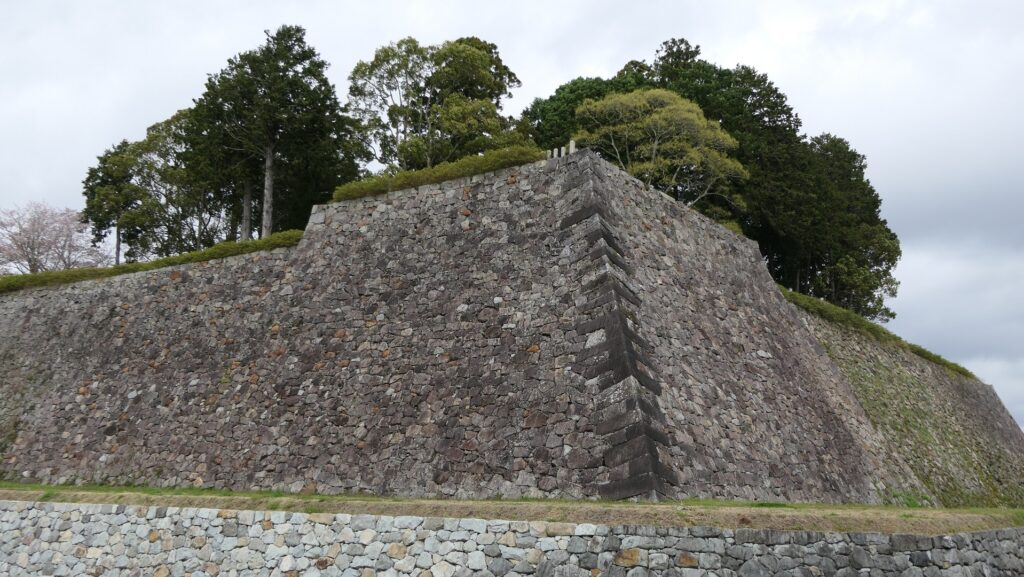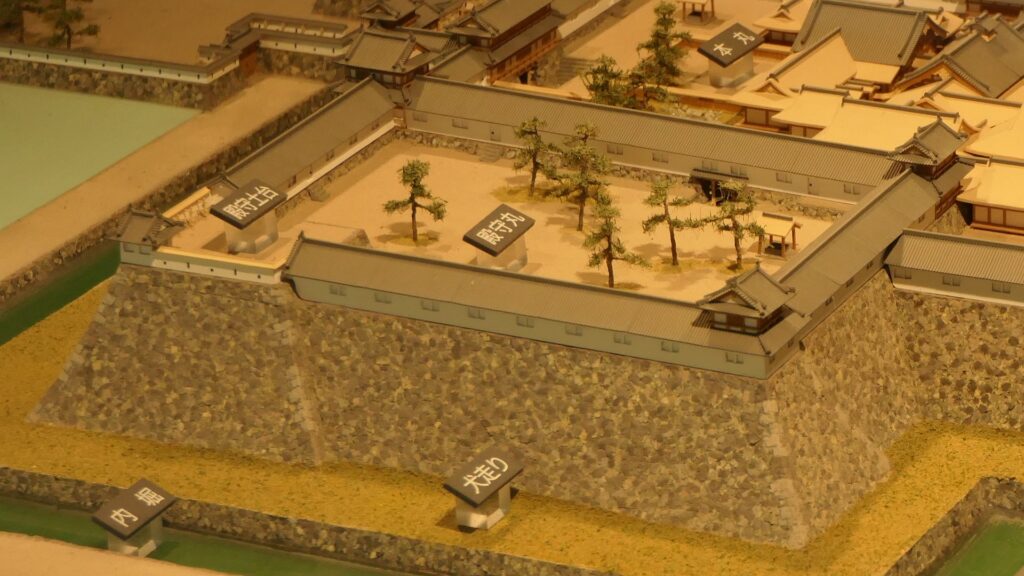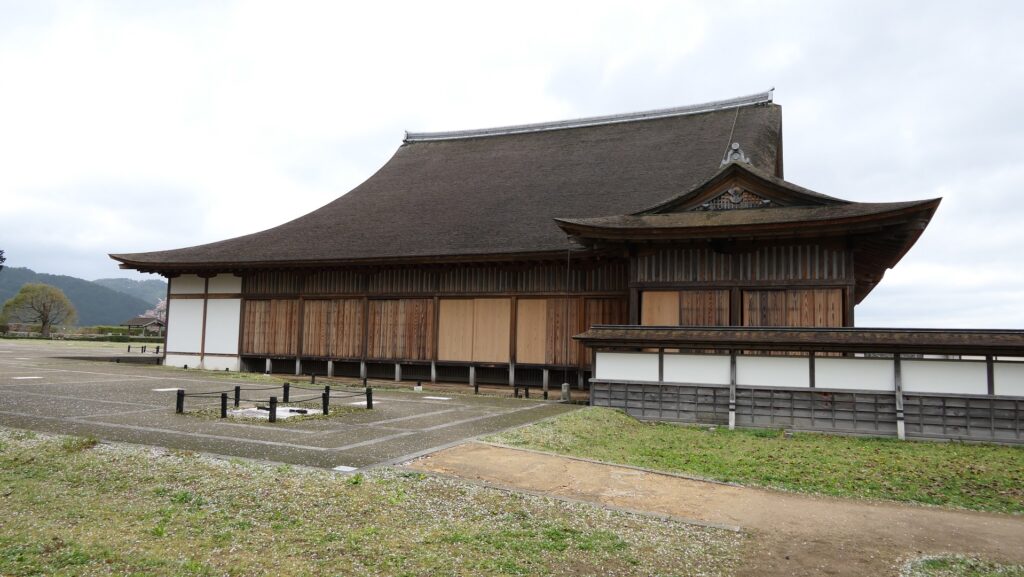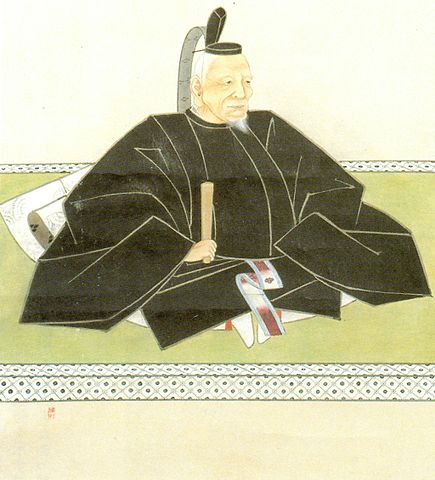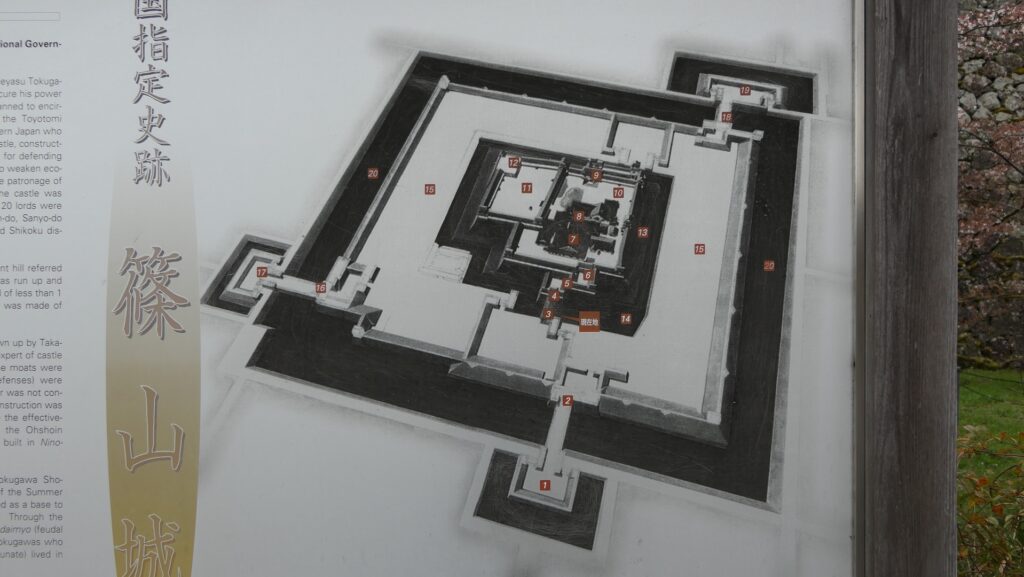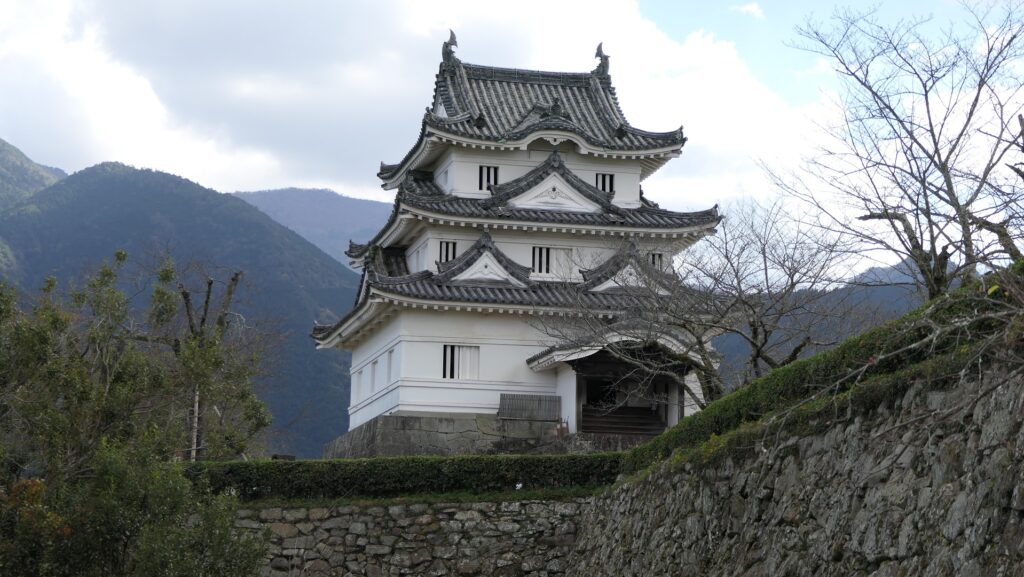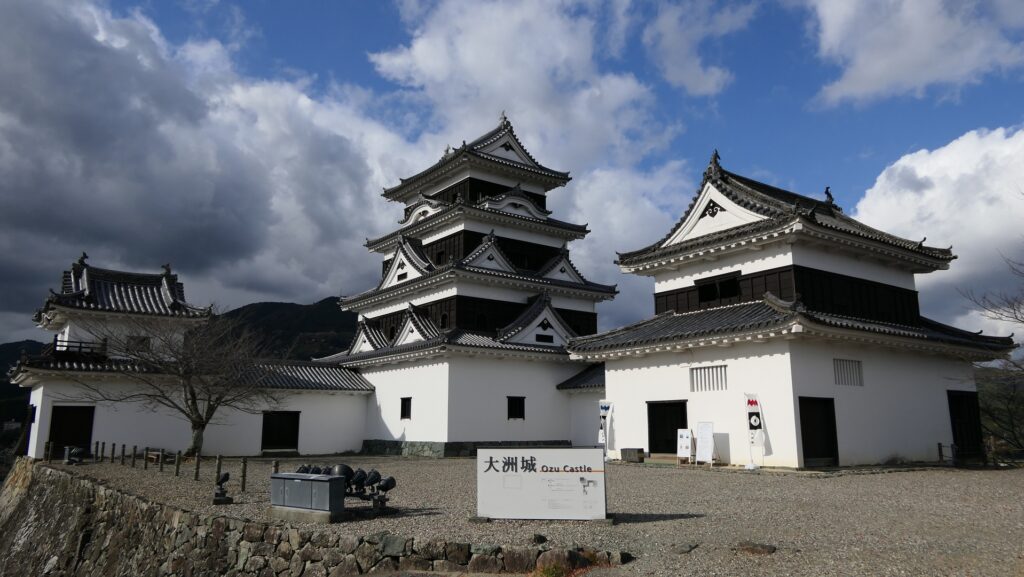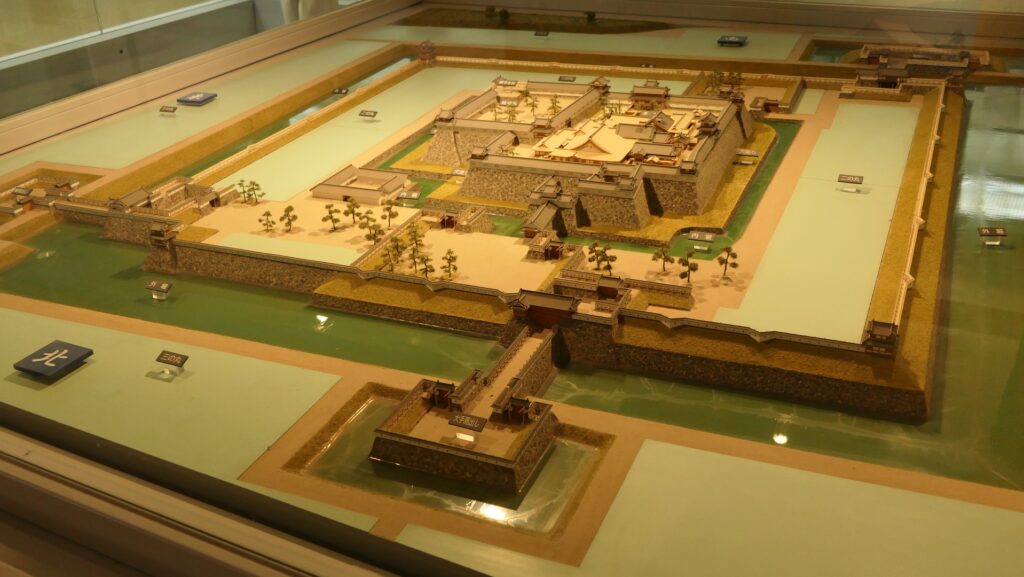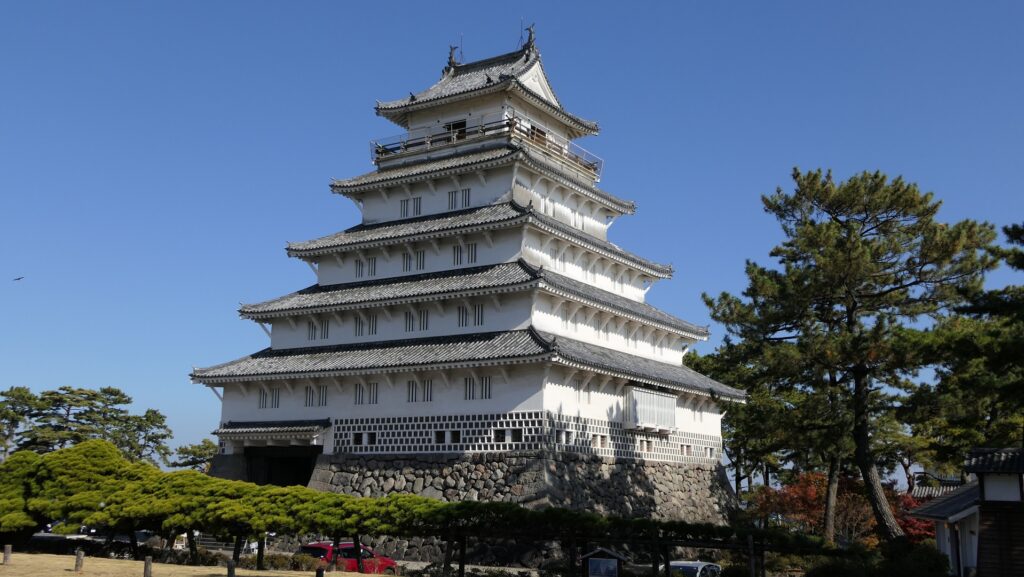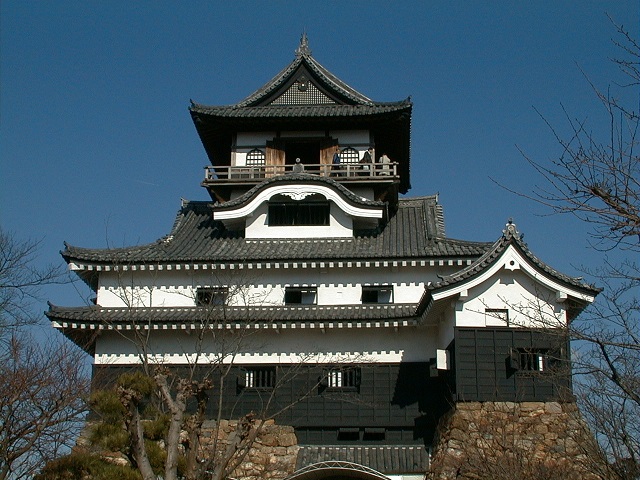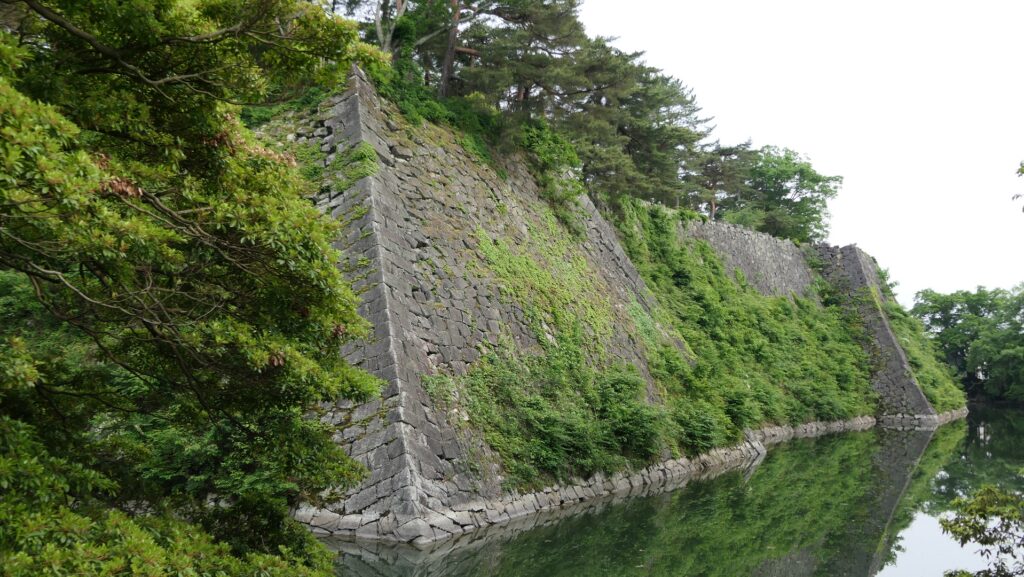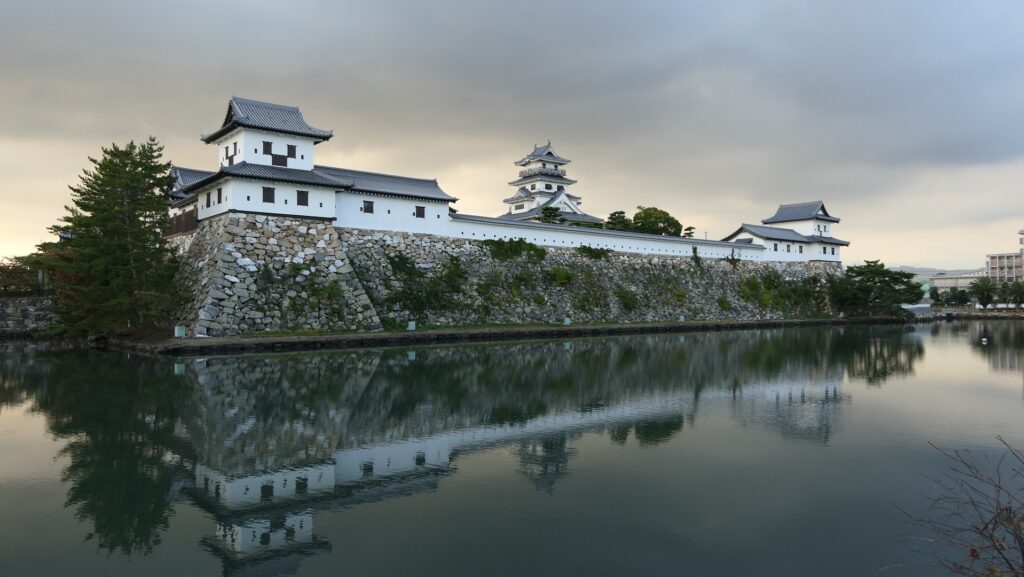Location and History
Mysterious younger age of Mitsuhide Akechi
Fukuchiyama Castle was located in the northern part of Tanba Province which is modern day part of Kyoto Prefecture. Tanba Province is not popular for the present generation because the province was not large and finally merged to Kyoto and Hyogo Prefectures. However, it was very important in the past because of its location just behind north of Kyoto, the capital of Japan. Especially, in unquiet times like the Sengoku Period, it was a critical area for Kyoto. That’s why the shoguns and rulers of Kyoto always tried to have the province governed by them directly or by their senior vassals. Nobunaga Oda, the ruler during the 1570’s to the 1580’s, did the same way as others by sending his senior vassal, Mitsuhide Akechi, who built Fukuchiyama Castle.
The range of Tanba Province and the location of the castle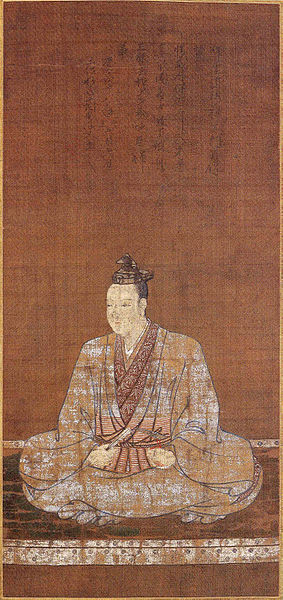
Mitsuhide is a mysterious person to many history fans. It is still uncertain where he came from though his family name, “Akechi” is said a member of the Toki Clan, one of the noble Minamoto families. One of the few certain things about his younger age was that he was a relative of Nohime, Nobunaga’s legal wife. He became a vassal of a prospective shogun, Yoshiaki Ashikaga, when they met in Ichijodani of Echizen Province. It was a turn of fate that Mitsuhide introduced Yoshiaki and Nobunaga to each other before they went to Kyoto in 1568 to become the Shogun and the Ruler. He was not only a well-connected person, but also an excellent politician and an intelligent general so he eventually joined Nobunaga, an avatar of the merit system.
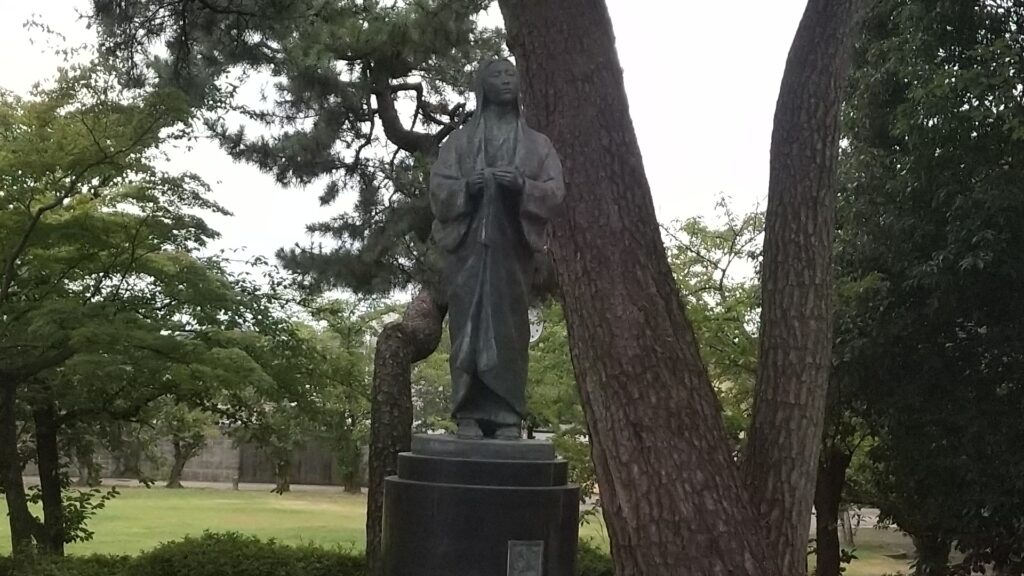
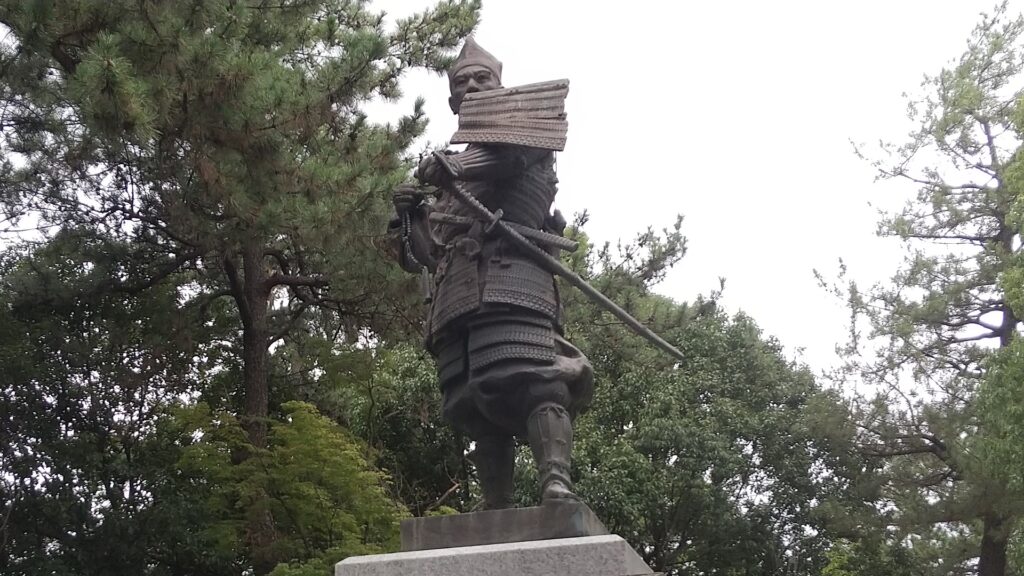
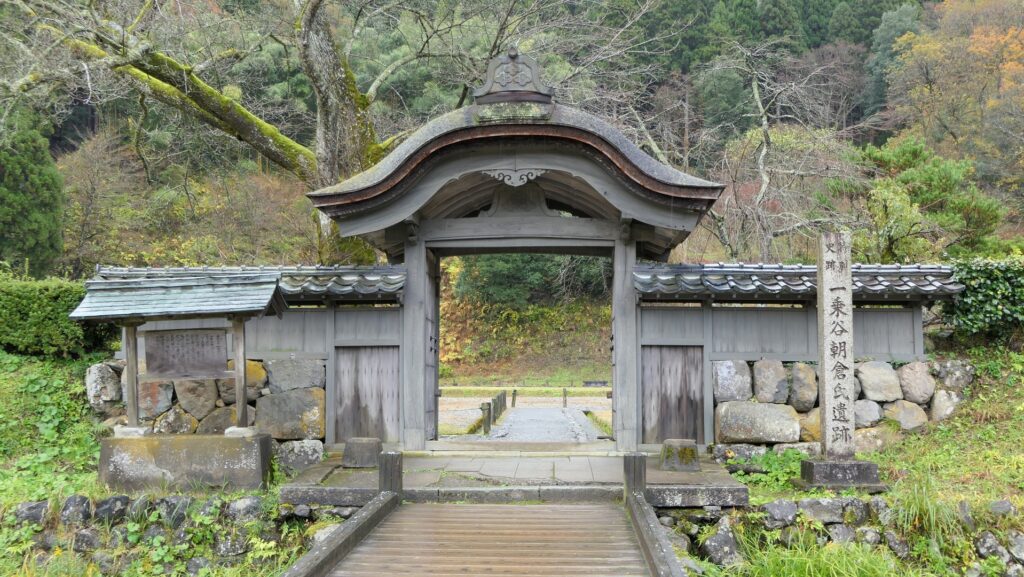
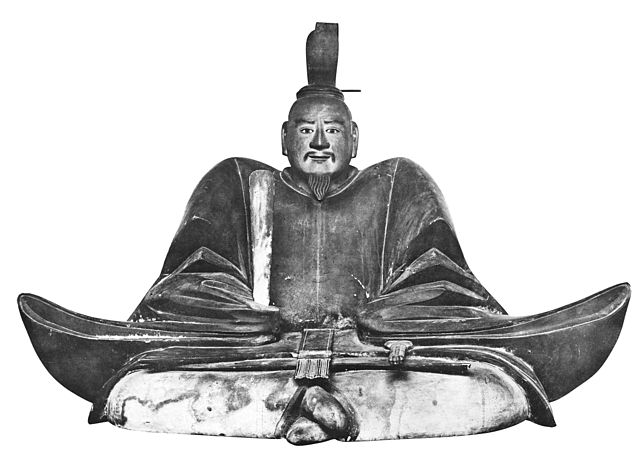
Mitsuhide builds Fukuchiyama Castle after Invasion of Tanba Province
Mitsuhide was ordered by Nobunaga to invade Tanba Province in 1575, which was divided by many local lords such as the Naito Clan in Yagi Castle, the Hatano Clan in Yagami Castle, and the Akai Clan in Kuroi Castle. Moreover, they had been against Nobunaga since he banished Yoshiaki from Kyoto in 1573. At first, everything was going good so far, where Hideharu Hatano became Mitsuhide’s supporter. However, when he began to siege Kuroi Castle, wherein a strong general, Naomasa Akai stayed, Hideharu switched side. Mitsuhide was defeated and had to withdraw. As a result, he spent 5 years to get the province back by building new castles like Kameyama Castle, hence making the Hatano Clan surrender again – waiting for Naomasa’s death and captured Kuroi Castle in the end. What Mitsuhide did after the conquer of Tanba Province was to build Fukuchiyama Castle in 1579.
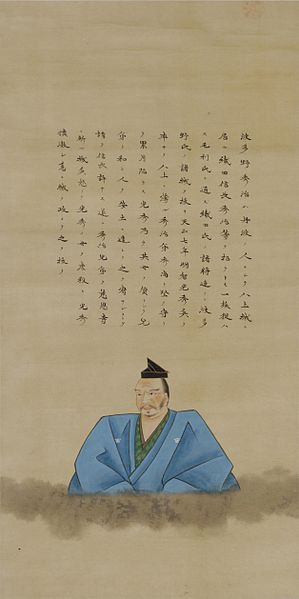
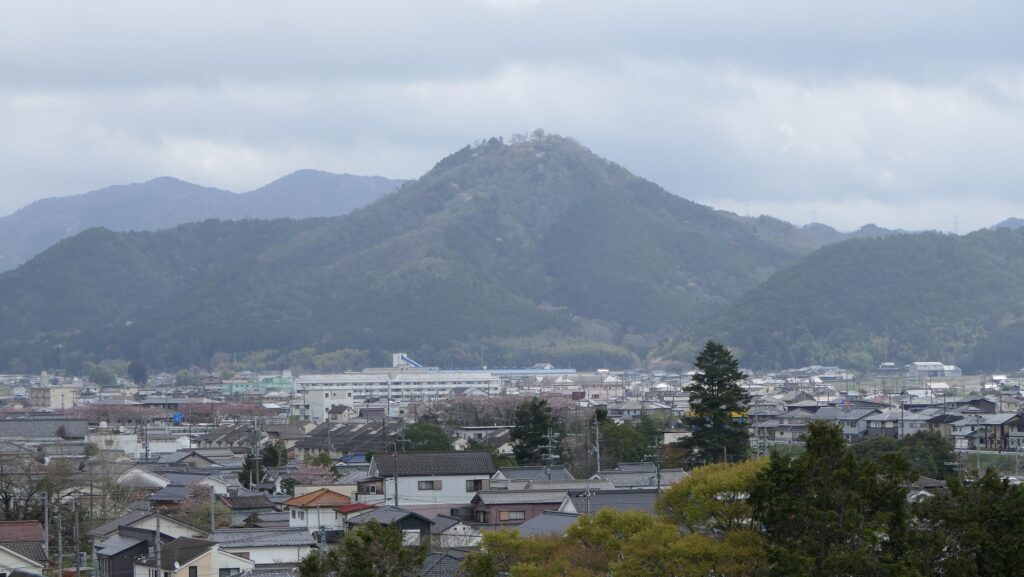
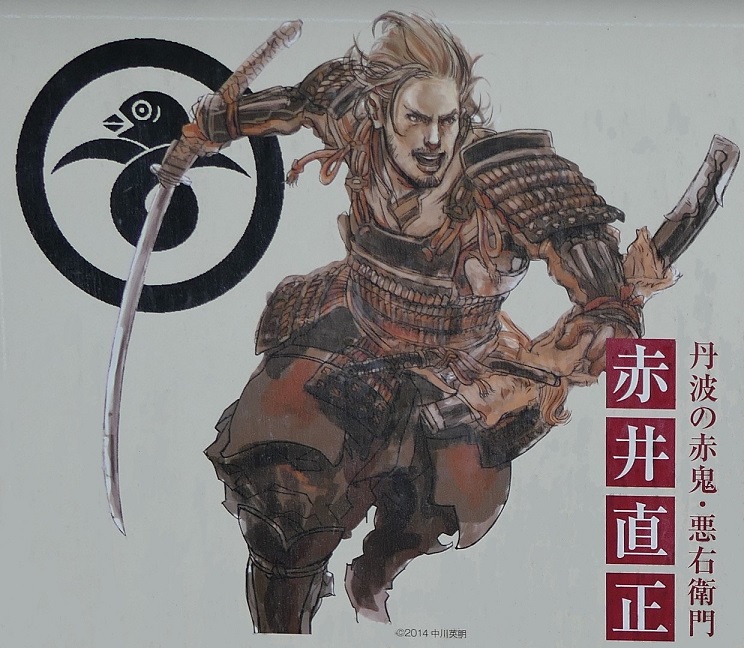
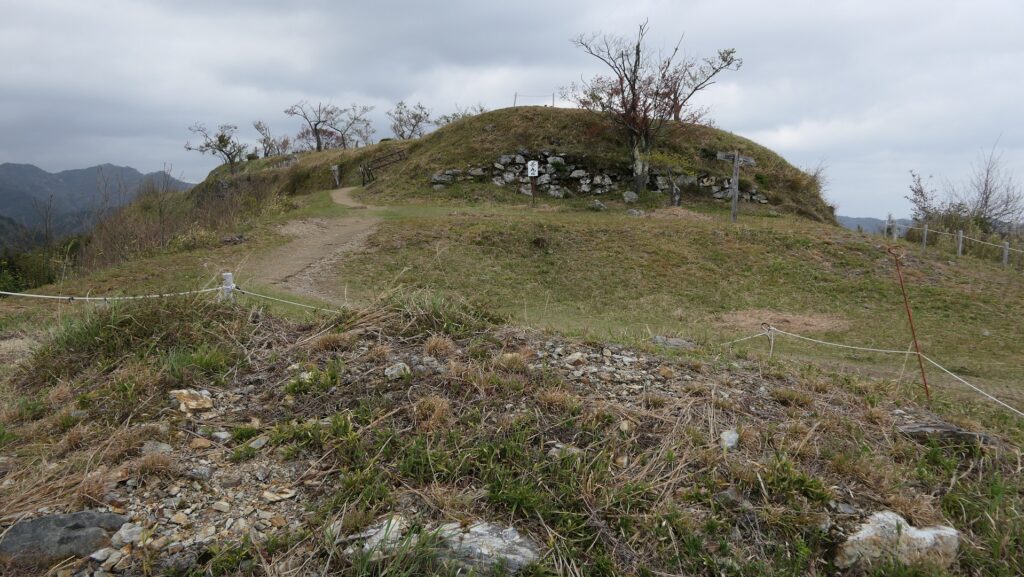
The castle was originally called Yokoyama Castle, which a local Lord built and was located on the edge of the hill in the Fukuchiyama Basin where the Lord was able to overlook the area around. It was also surrounded by rivers, which meant it was defensive. Mitsuhide renovated the castle by introducing current advanced techniques of castle construction like high stone walls and building the Main Tower to show Nobunaga’s authority. Other than that, Mitsuhide governed the area well for the people’s lives by providing tax exemptions and building banks beside the rivers to avoid flood. People in Fukuchiyama City still remember them. Mitsuhide placed his son-in-law -Hidemitsu- at the castle while he stayed in the Kameyama Castle near Kyoto.
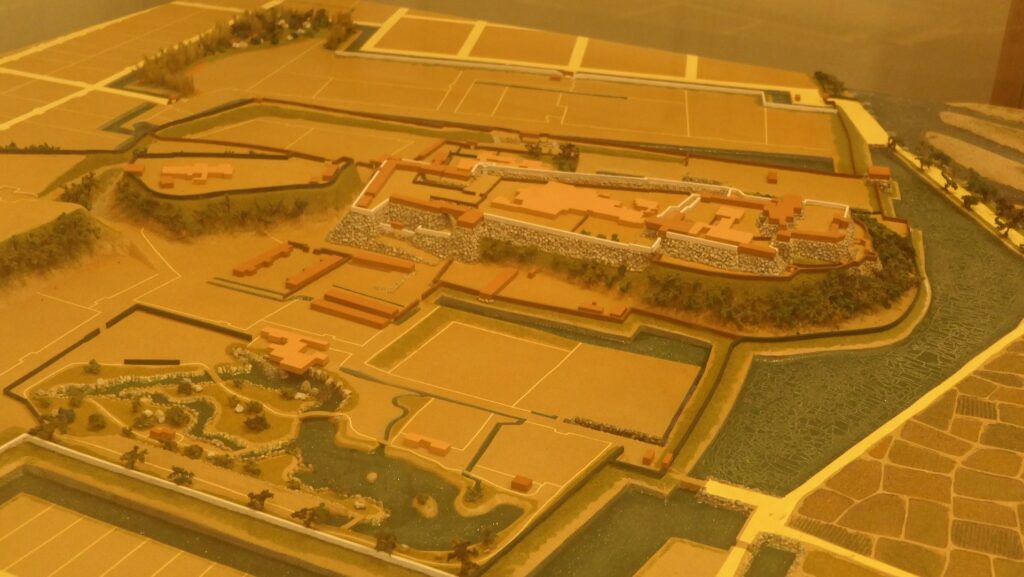


Castle becomes Homebase of Fukuchiyama Domain after Honnoji Incident
The most mysterious thing about Mitsuhide is why he killed Nobunaga who is staying in Kyoto in the Honnoji Incident on the 2nd of June by the lunar calendar of 1582. Mitsuhide with about 13 thousand soldiers, which was ordered by Nobunaga to help Hideyoshi Hashiba, another senior vassal, who invaded the Chugoku Region, made a surprise attack on Nobunaga who was staying in Honnoji Temple with few attendants. That meant Nobunaga had fully relied on Mitsuhide. Mitsuhide was also beaten by Hideyoshi who made an incredible quick return from the Chugoku Region, only 11 days after the incident. No colleagues helped Mitsuhide. That also meant his action had not been planned. It is one of the biggest mysteries in Japanese history, seeking the reason for his rebellion as he did without giving any reasons.
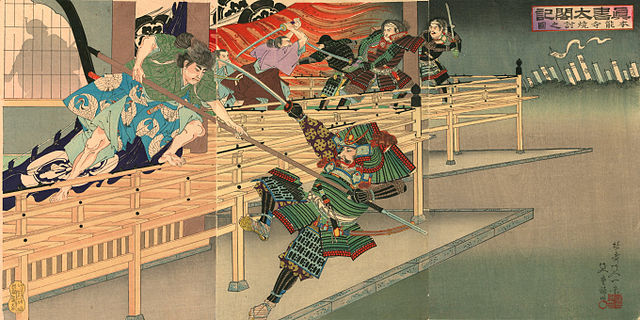

Fukuchiyama Castle was ruled by several relatives of Hideyoshi who became the next ruler and changed his family name to Toyotomi. After the Tokugawa Shogunate got the power in the 17th Century, several family-lineage feudal lords such as the Arima and Kuchiki Clans governed the castle and the area around as the Fukuchiyama Domain. This meant that the Fukuchiyama area was still important for the Rulers and Shoguns. The Arima Clan completed the castle in the beginning of the 17th Century and the Kuchiki Clan owned the castle from the late 17th Century to the end of the Edo Period.
